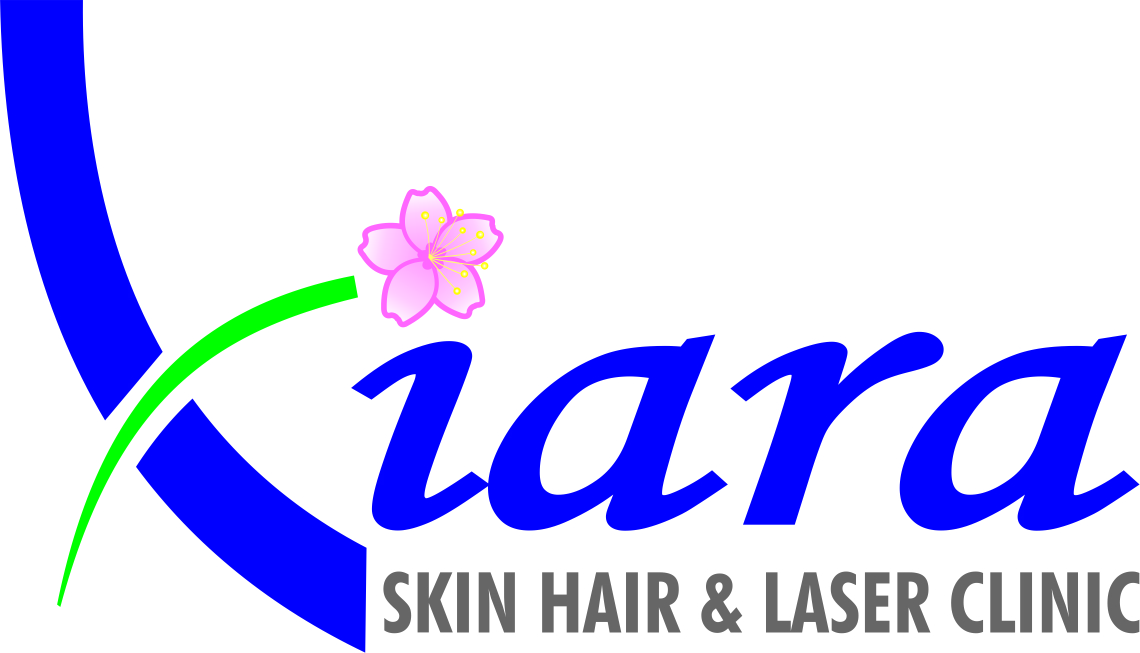
What is Dermatosurgery?
Dermatosurgery includes the surgical procedures carried out on the skin. It is increasingly becoming popular as people are becoming more aware of the possibilities of having minor surgical procedures done to improve the way they look and feel.
Additionally, as surgeries go, there is always a risk involved. However, we follow the most up-to-date standards for safety, very stringently to ensure that the desired result is achieved with minimum discomfort to the patient and with complete safety.
The surgical procedures we offer
1. Wart/Mole/Skin Tag removal
Skin Tags, Warts or moles generally show up as an additional growth of the skin on the surface. Moles are dark in color. These are generally harmless and often painless. If they do become uncomfortable or become a cosmetic worry, you can visit us for a small procedure for the removal of skin growth.
Warts may be caused by a virus and could be contagious so it is recommended to see the doctor.
Although mostly benign certain moles or warts could develop into cancer. Please consult your doctor to evaluate it.
Treatment
A simple procedure of cutting the tag, usually under anesthesia, is the most common way to get rid of them. However, freezing is another way. Our dermatologist will discuss what is most recommended for your particular case.
Caution: trying these procedures at home could lead to infection.
2. Ear Piercing
Piercing of the earlobe is a traditional practice in India for girls and sometimes even boys. It is an additional joy that wearing ear jewelry adds to your looks.
When you feel your baby is ready to have her ears pierced please get in touch with us for a completely safe procedure for the little one.
If you haven’t had your ears pierced or the holes have been blocked over the years and want to experience the benefits of having your ears pierced, please go ahead and book an appointment now for a safe and sanitary procedure.
How we do it
We use a piercing gun to have the ears pierces and the earrings put in them.
Aftercare
After you get the ears pierced, for about 3 weeks do not take off the earrings. Use rubbing alcohol twice a day around the pierced area and gently turn the earrings. Do not touch the ears with unwashed hands.

For an appointment or more information:
3. Ear Lobe repair
Ear lobe repair request is common given the weight of the traditional ear jewelry. However, the tear might come as a result of a trauma such as a child pulling the mother’s earrings or even the jewelry getting tangled in clothes and subsequently pulled off.
Procedure
After cleaning the area, a local anesthetic is applied. The dermatologist may then separate the two split parts if necessary. The two parts are then stitched back together.
If you plan to continue wearing jewelry, please let the dermatologist know beforehand so the proper procedure can be followed to leave that space.
Aftercare
The area must be kept dry for 24 to 48 hours. After this, you will be prescribed ointments to enable healing.
Depending on the type of sutures used you may have to visit the dermatologist in a few days to have them removed.
4. Skin Grafting
Skin grafting involves removing a part of healthy skin surgically from an area of your body to transplant into some traumatized area such as with burns or injury.
Procedure
The dermatologist will determine an area from where the skin will be removed, known as the donor area.
This procedure is done under anesthesia so you be administered the required dose of anesthesia.
The surgeon will now cut the required piece of skin from the donor area and place it on the area which requires covering. This will now be stapled or stitched and dressed.
Aftercare
You will now be monitored for vital signs. We will keep you under observation to look out for any signs of rejection of the new skin.
If all goes well you can go home. We will be prescribing painkillers to manage any pain.
The donor area will heal typically in a week or two but the recipient area takes around three to four weeks for healing.
We will be giving you the necessary instructions regarding the activities you must avoid during this healing period.

5. Ingrown Toenail Repair
Sometimes the edges of the toenails grow into the skin next to it. This can be very painful and uncomfortable. Most often the big toe is seen to be ingrown.
If you are suffering from an ingrown toenail, please get in touch with us to have it treated.
Procedure
After numbing the skin around the affected toe, the doctor will cut away a part of the toenail that has pushed into the skin. This is the partial toenail surgery.
For a total toenail removal, which is done when the toenail thickens, the area is numbed and the entire nail is pulled off from the base.
Aftercare
The treated toenail is bandaged and medication for pain management and infections is prescribed.
You will be advised to keep your foot lifted up for a day or two.
After this surgery, it is advisable also to use footwear with open-toe space.
A partially cut toenail takes about months to regrow whereas a totally cut nail will grow back in about a year.
